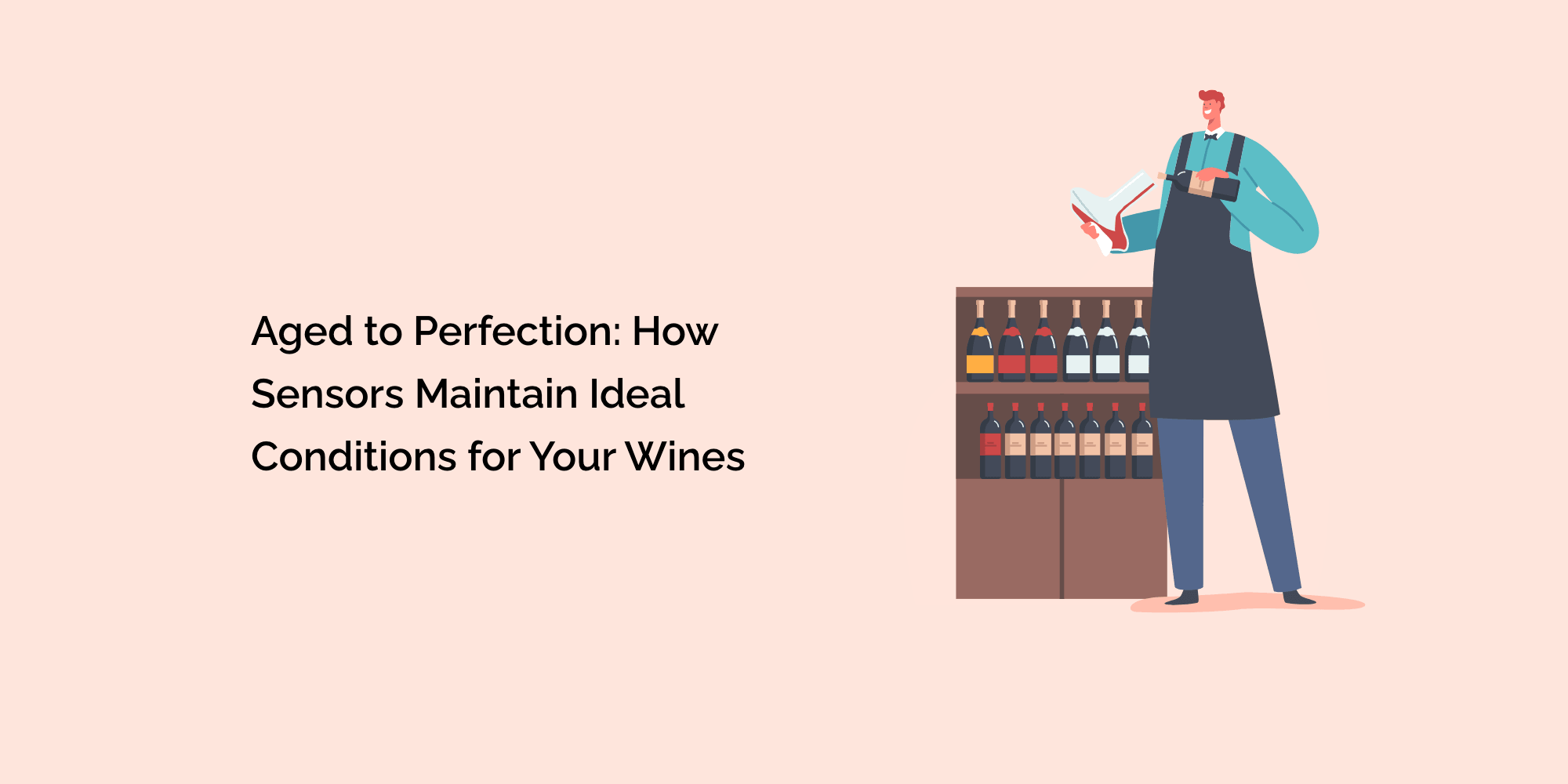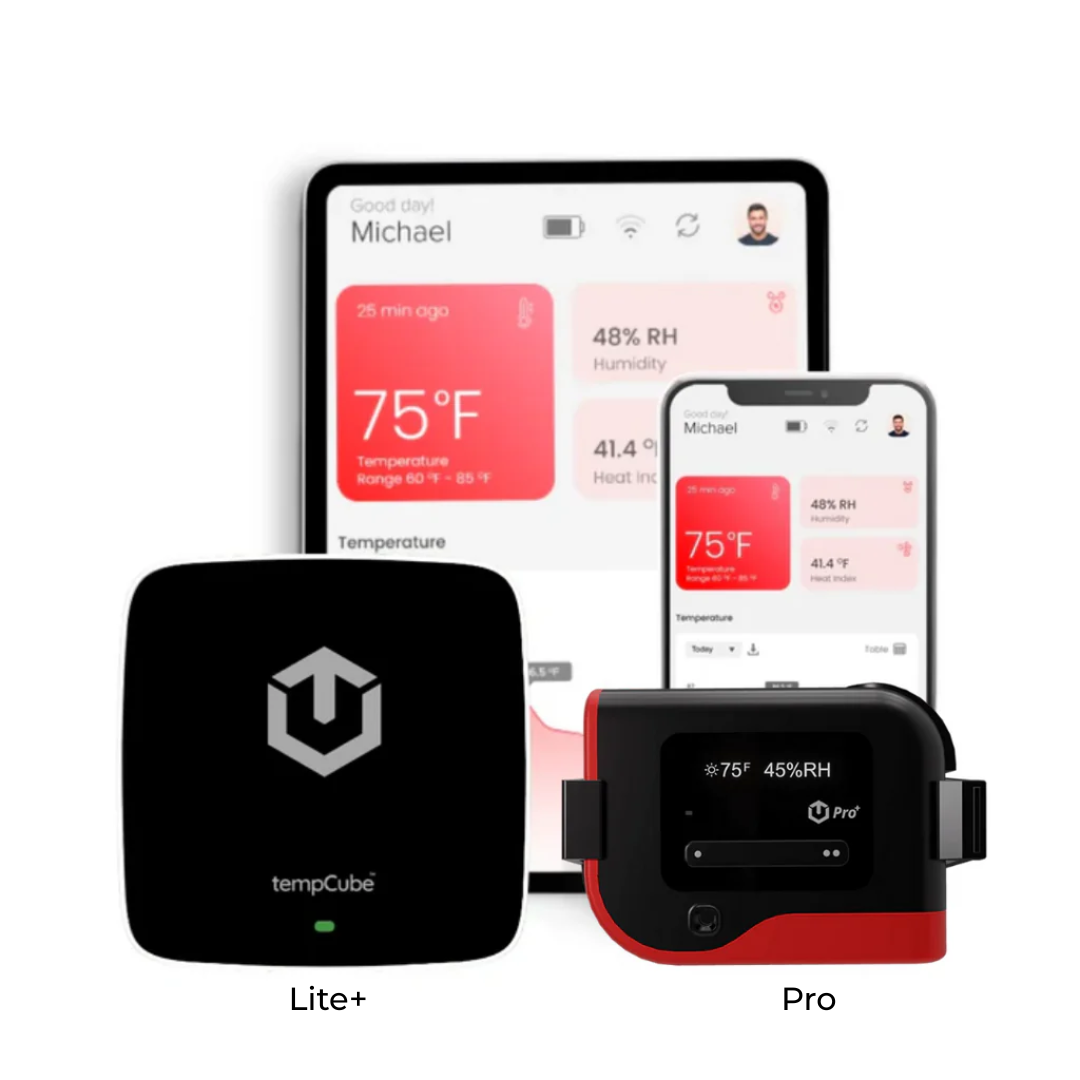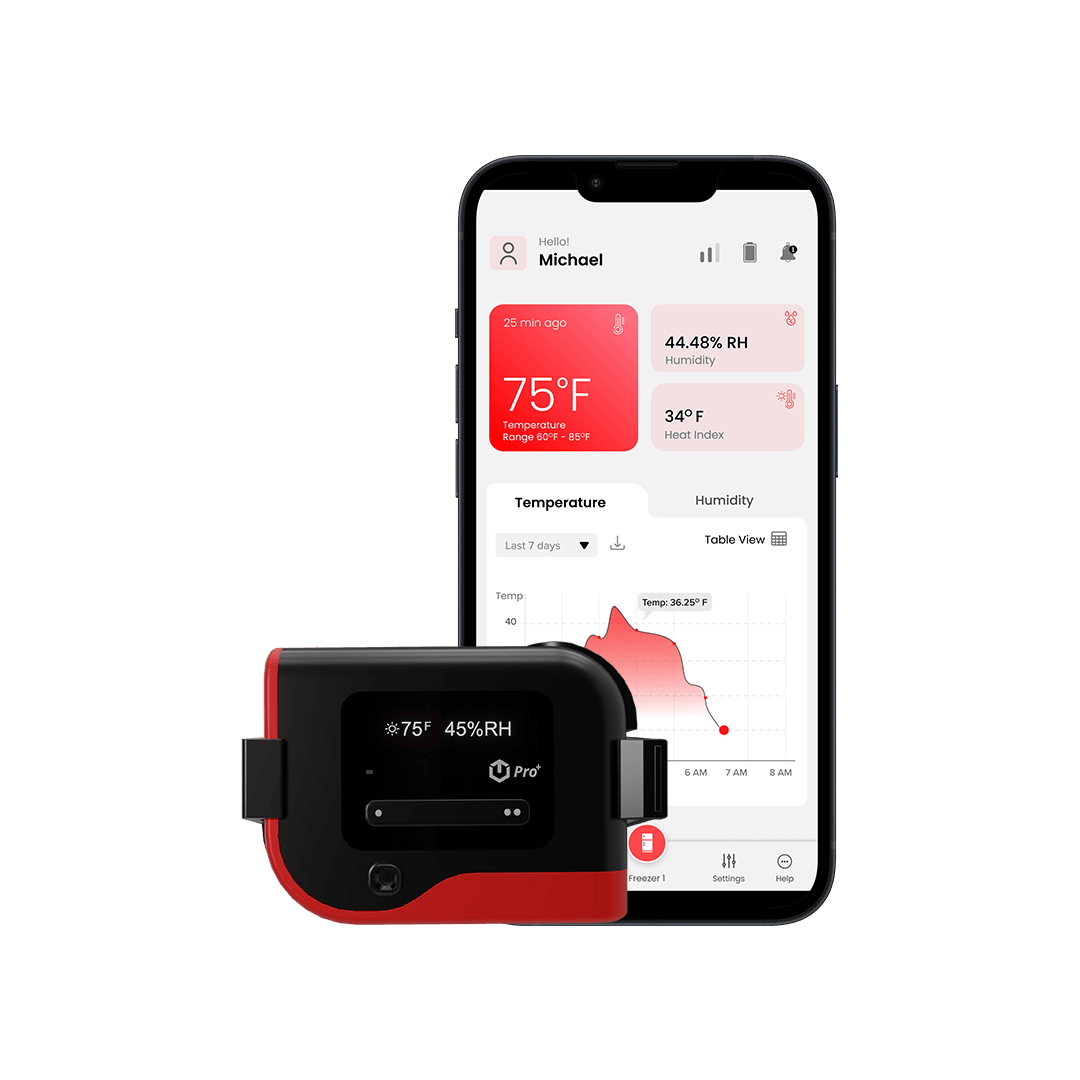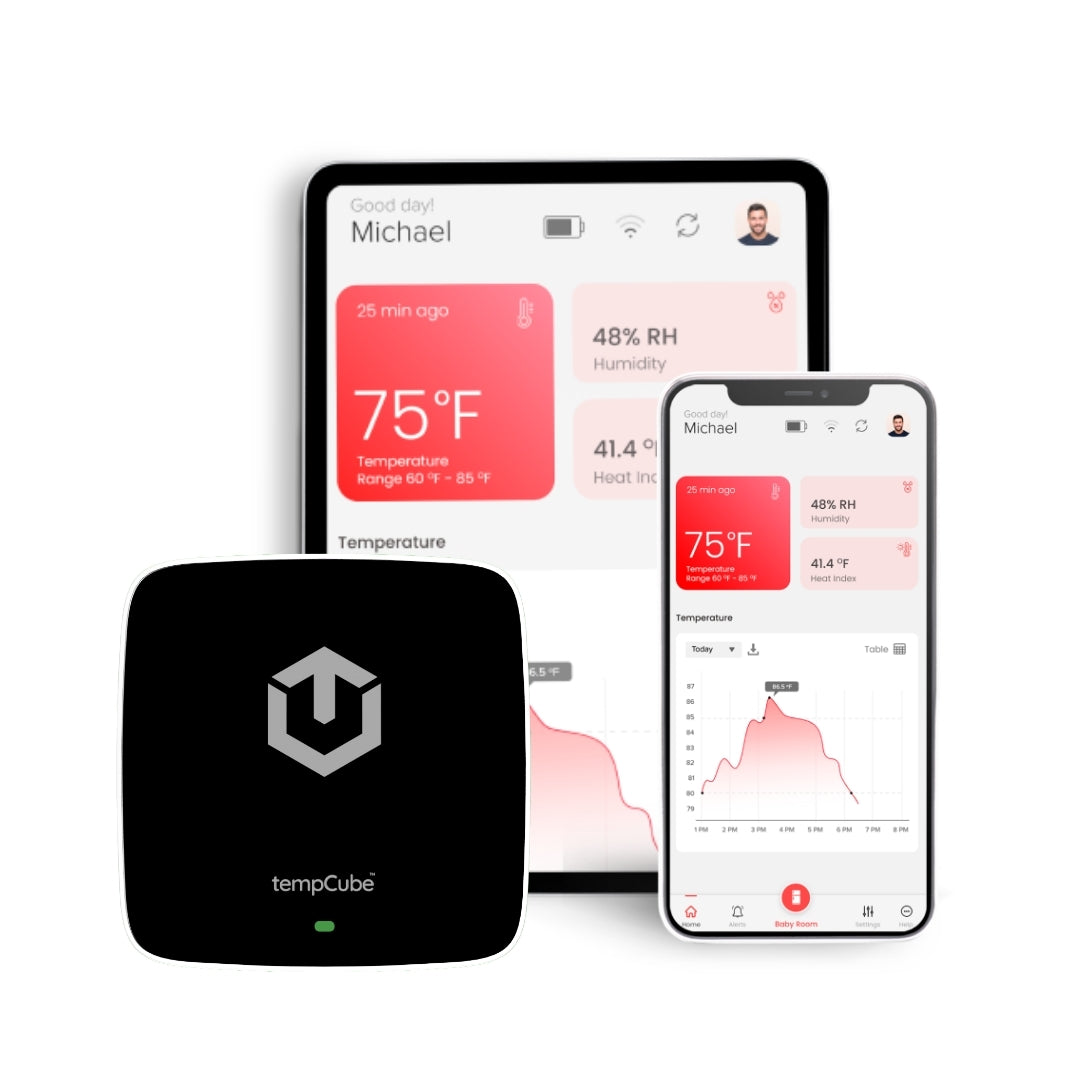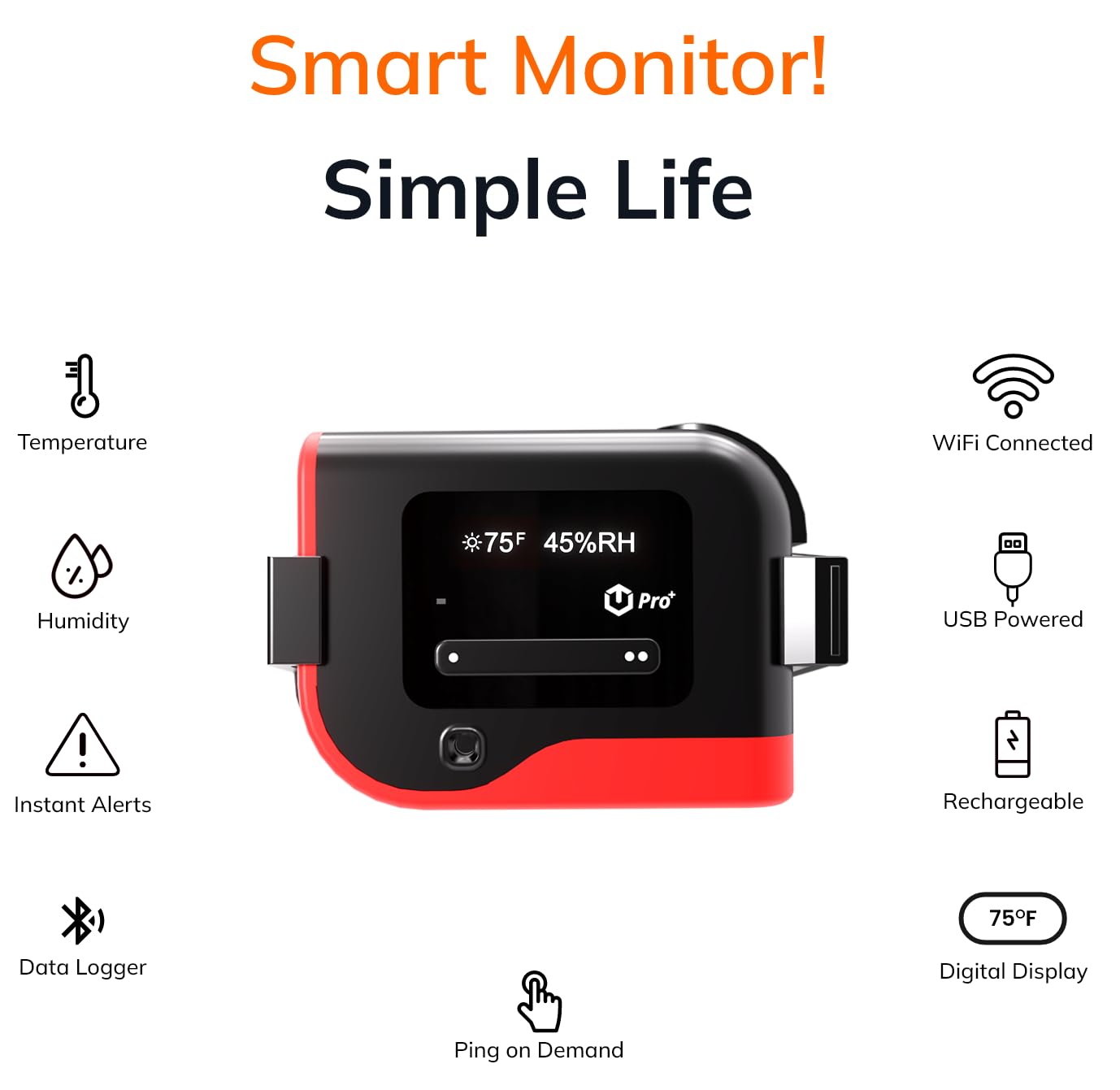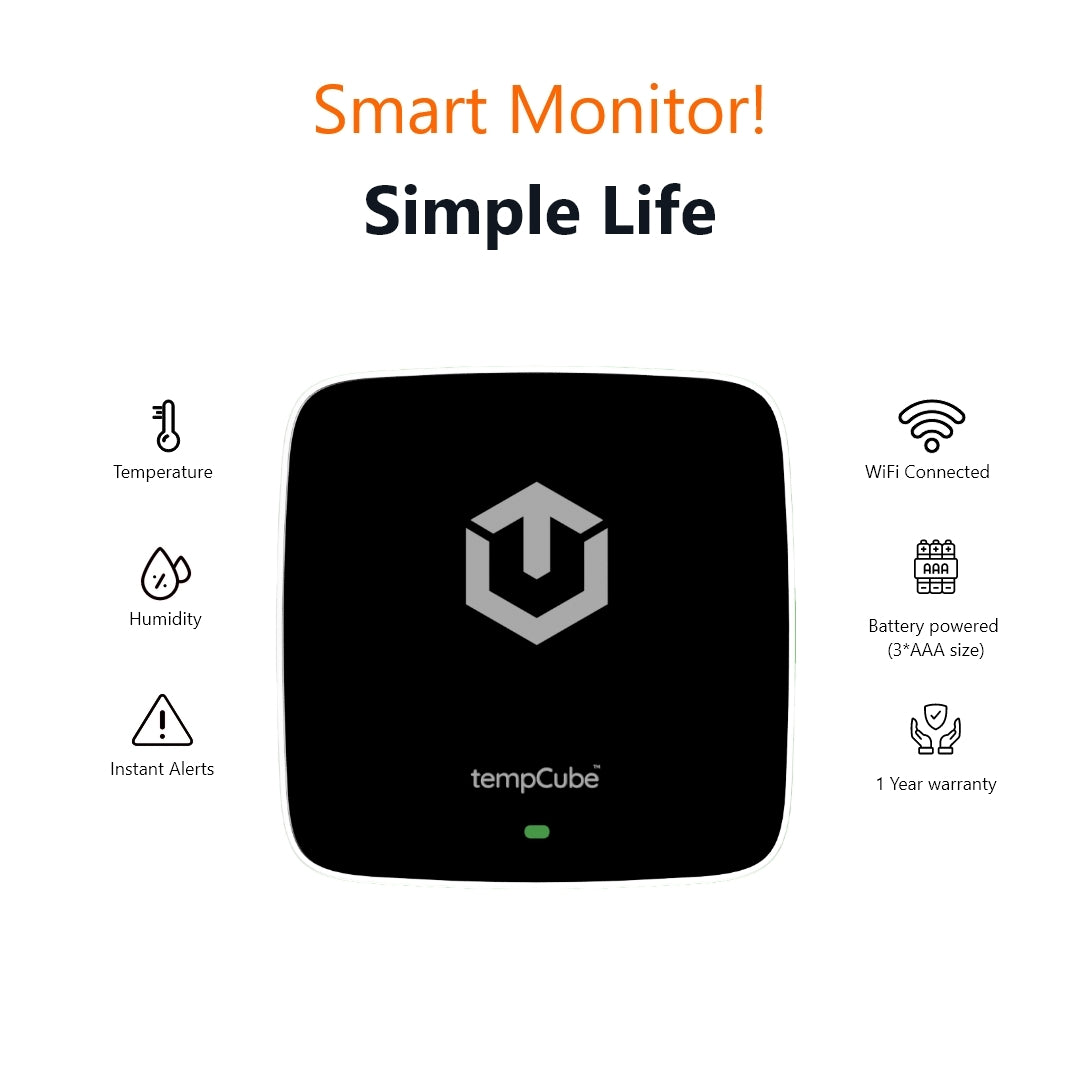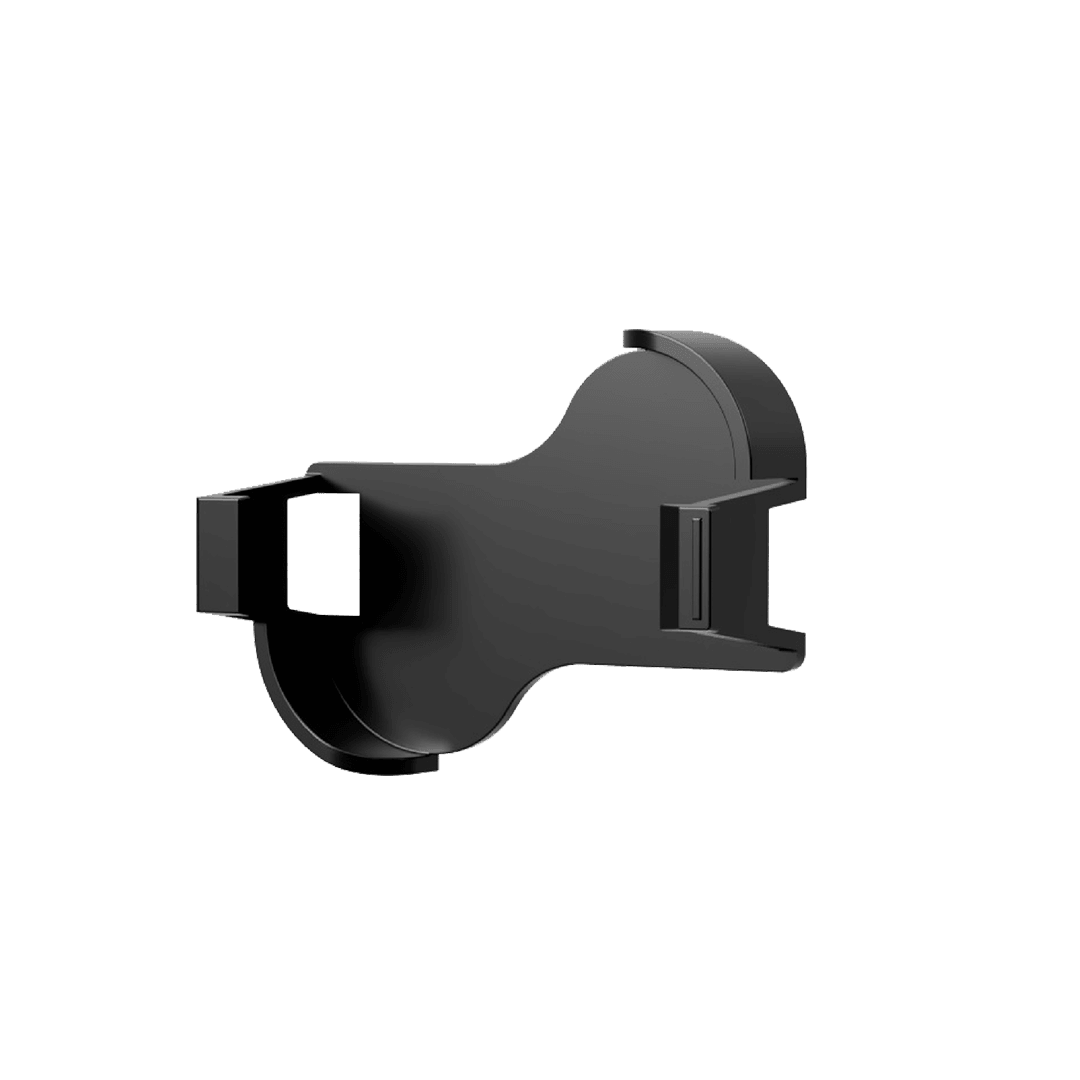Wine, the embodiment of elegance and sophistication, is a beverage that evolves and matures with time. To witness the true potential of a fine wine, it requires more than just the passage of years; it demands precise conditions within a wine cellar. In this comprehensive guide, we will delve deep into the world of wine aging and explore how sensors play a pivotal role in maintaining the ideal conditions required for wines to age to perfection.
The Art of Wine Aging
Understanding the art and science behind wine aging:
-
Wine as an Art Form: The craftsmanship and passion of winemaking.
-
The Role of Aging: Why aging is crucial for wine development and complexity.
-
Challenges in Wine Aging: Recognizing the nuances and variables involved.
Temperature's Influence on Wine
Exploring how temperature affects wine aging:
-
The Temperature-Wine Connection: Understanding the impact on aging, maturation, and taste.
-
Ideal Wine Cellar Temperature: Discovering the optimal range for wine storage.
-
The Dangers of Temperature Fluctuations: How they can harm wine quality.
Humidity's Vital Role
Delving into the significance of humidity in wine aging:
-
Humidity and Wine Quality: How humidity influences the aging process, aroma, and flavor.
-
Optimal Humidity Levels: Finding the sweet spot for wine cellar humidity.
-
The Consequences of Low Humidity: Common issues and risks associated with dry cellars.
The Sensor Revolution
Exploring the pivotal role of sensors in wine aging:
-
The Sensor Renaissance: How sensor technology has transformed wine cellar management.
-
Types of Wine Sensors: An overview of sensor technologies used in wine aging.
-
Precision Control: How sensors maintain the ideal aging conditions.
Temperature Sensors: The Guardians of Vinous Perfection
Understanding the critical role of temperature sensors in wine aging:
-
The Wine Temperature Paradox: How precise temperature control enhances aging.
-
Types of Temperature Sensors: An exploration of sensor technologies for temperature monitoring.
-
Preserving the Aging Process: How temperature sensors contribute to wine perfection.
Humidity Sensors: The Protectors of Flavor and Aroma
Delving into the significance of humidity sensors in wine aging:
-
Humidity Sensors in Wine Cellars: How they work in tandem with temperature control.
-
Types of Humidity Sensors: An exploration of sensor technologies for humidity monitoring.
-
Preserving Wine Quality: How humidity sensors prevent spoilage and aging issues.
Real-time Monitoring: The Key to Perfection
Understanding the significance of real-time monitoring in wine aging:
-
The Need for Timely Information: Why real-time data is essential for wine aging.
-
Instant Alerts: How real-time monitoring enhances wine cellar management.
-
Remote Monitoring Convenience: The ease of overseeing wine cellars from afar.
IoT and Wine Aging
Examining the transformative role of the Internet of Things (IoT) in wine aging:
-
IoT Basics: Understanding how IoT connects sensors and devices.
-
Wireless Connectivity: How IoT-enabled sensors transmit data for remote monitoring.
-
Proactive Wine Cellar Management: Leveraging IoT for precision and efficiency.
Wine Cellar Design and Sensor Placement
Guidelines for creating the perfect wine cellar and positioning sensors:
-
Essentials of Cellar Design: Factors to consider when constructing your wine cellar.
-
Strategic Sensor Placement: Where to position sensors for comprehensive monitoring.
-
Backup Systems: The importance of redundancy in safeguarding your wine collection.
Real-world Success Stories
Exploring case studies where sensors made a significant difference in wine aging:
-
Preserving Rare Vintages: Instances where sensors detected and prevented aging issues.
-
Fine-tuning Aging Conditions: Stories of how sensors elevated wine quality and complexity.
-
Remote Monitoring Convenience: Experiences of managing wine cellars from afar.
Sustainability and Green Practices
Discussing eco-friendly aspects of wine aging with sensor technology:
-
Energy Efficiency: How sensors contribute to reduced energy consumption in wine cellars.
-
Sustainable Wine Aging: Practices that align with environmental responsibility.
-
Carbon Footprint Reduction: Strategies for environmentally conscious wine enthusiasts.
Aged to Perfection
Bringing it all together to appreciate the art and science of wine aging:
-
The Future of Wine Aging: How sensor technology continues to shape the aging process.
-
Sip and Savor: Enjoying wines that have been perfectly aged with sensor precision.
-
Sharing the Passion: Passing on the joys of aged wine to future generations.
Conclusion
For wine connoisseurs, the journey of wine aging isn't just about time; it's about the meticulous orchestration of conditions within a wine cellar. Sensors are the silent curators of this journey, ensuring that every bottle ages to perfection. Embracing sensor technology isn't just a convenience; it's the key to unlocking the full potential of your wines. With sensors as your vigilant companions, your wine cellar becomes a sanctuary where every sip is a testament to the art of wine aging. Taste the difference, for every bottle is aged to perfection. Cheers!
